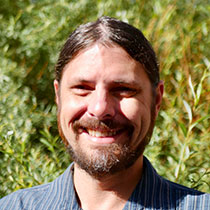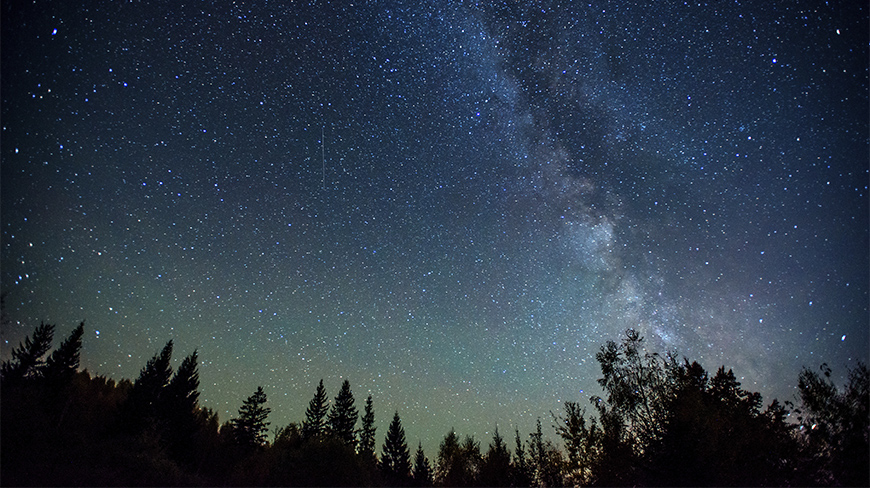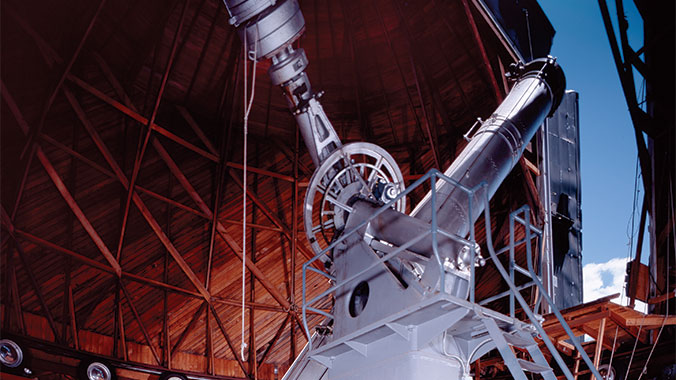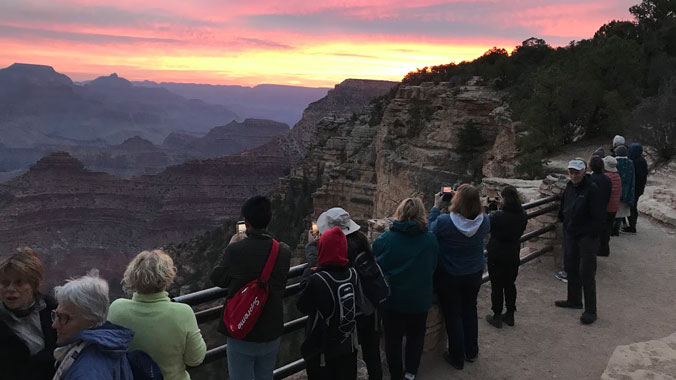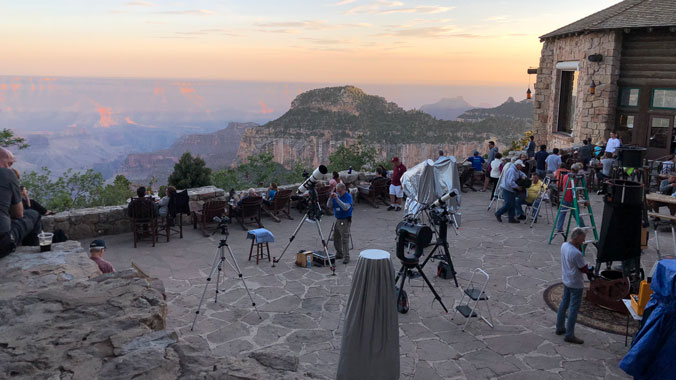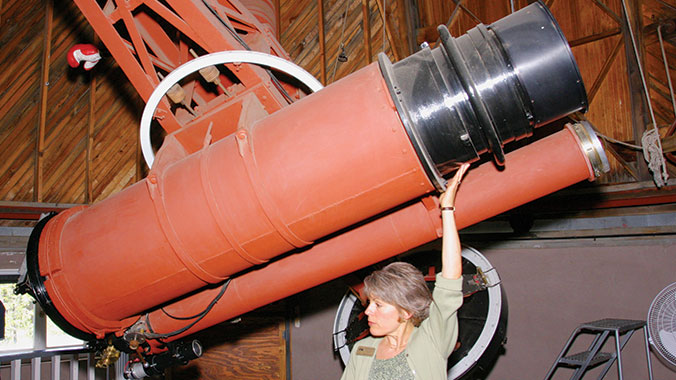A Brief History of Time: From the Big Bang to Black Holes
by Hawking, Stephen
Hawking's discovery that black holes emit particles caused great excitement among astronomers. In this succinct overview of current theories of the cosmos, the Cambridge University physicist modestly weaves in his own notable contributions while giving due credit to his colleagues. He explains why relativity implies that a "big bang'' occurred and examines string theory, which posits a universe of 10 or 26 dimensions. His understanding of time's flow leads him to conclude that intelligent beings can only exist during the expansion phase of our increasingly chaotic universe. New research on black holes and subatomic particles holds implications for scientists who, like Hawking, are attempting to devise a unified theory linking Einstein to quantum mechanics. The merit of this book is Hawking's ability to make these ideas graspable by the lay reader. Publisher's Weekly (April) 224pp
A Short History of Nearly Everything
by Bryson, Bill
In 'A Walk in the Woods', Bill Bryson trekked the Appalachian Trail—well, most of it. In 'A Sunburned Country', he confronted some of the most lethal wildlife Australia has to offer. Now, in his biggest book, he confronts his greatest challenge: to understand—and, if possible, answer—the oldest, biggest questions we have posed about the universe and ourselves. Taking as territory everything from the Big Bang to the rise of civilization, Bryson seeks to understand how we got from there being nothing at all to there being us. To that end, he has attached himself to a host of the world’s most advanced (and often obsessed) archaeologists, anthropologists, and mathematicians, travelling to their offices, laboratories, and field camps. He has read (or tried to read) their books, pestered them with questions, apprenticed himself to their powerful minds. 'A Short History of Nearly Everything' is the record of this quest, and it is a sometimes profound, sometimes funny, and always supremely clear and entertaining adventure in the realms of human knowledge, as only Bill Bryson can render it. Science has never been more involving or entertaining.
Death by Black Hole: And Other Cosmic Quandries
by Tyson, Neil DeGrasse
What would it feel like if your spaceship were to venture too close to the black hole lurking at the center of the Milky Way? According to astrophysicist Tyson, director of New York City's Hayden Planetarium, size does matter when it comes to black holes, although the chances of your surviving the encounter aren't good in any case. Tyson takes readers on an exciting journey from Earth's hot springs, where extremophiles flourish in hellish conditions, to the frozen, desolate stretches of the Oort Cloud and the universe's farthest reaches, in both space and time. Tyson doesn't restrict his musings to astrophysics, but wanders into related fields like relativity and particle physics, which he explains just as clearly as he does Lagrangian points, where we someday may park interplanetary filling stations. He tackles popular myths (is the sun yellow?) and takes movie directors most notably James Cameron to task for spectacular goofs. In the last section the author gives his take on the hot subject of intelligent design. Readers of Natural History magazine will be familiar with many of the 42 essays collected here, while newcomers will profit from Tyson's witty and entertaining description of being pulled apart atom by atom into a black hole, and other, closer-to-earth, and cheerier, topics. 9 illus. (Jan.) Copyright 2006 Reed Business Information. 384pp
Foundations of Astronomy
by Seeds, Michael A
New edition of a colorful textbook for introductory astronomy courses. It presents astronomy as a unified system of understanding that relates the student's personal experience to the basic processes in the universe. This edition includes new discoveries and hypotheses as well as the more gradual changes in understanding among astronomers concerning such things as black holes, dark matter, and the geology of Venus. Annotation c. Book News, Inc., Portland, OR (booknews.com) 736pp
Biography: Mike Seeds is Professor, Emeritus of Astronomy at Franklin and Marshall College, where he has taught since 1970. His research interests have focused on peculiar variable stars and the automation of astronomical telescopes. He extended his research by serving as the principal astronomer in charge of the Phoenix 10, the first fully robotic telescope, located in southern Arizona.
Grand Canyon: A History of a Natural Wonder and National Park
by Don Lago
The Grand Canyon has long inspired deep emotions and responses. For the Native Americans who lived there, the canyon was home, full of sacred meanings. For the first European settlers to see it, the canyon drove them to great exploration adventures. Yet the canyon held an even deeper importance for America's pioneer conservationists such as Teddy Roosevelt, John Muir, and Aldo Leopold, and it played a central role in the emerging environmental movement. Many vivid characters shaped the canyon's past. It's largest story is one of cultural history and changing American visions of the land.
This book is a mixture of great story-telling, unlikely characters, and important ideas. It will appeal to anyone interested in gaining a broader understanding of the canyon.
Islands in the Sky: Bold New Ideas for Colonizing Space
by Schmidt, Stanley
"Let the meek inherit the earth—the rest of us are going to the stars! Here's how it's going to be done." — Robert Zubrin
"These articles are not 'just science fiction.' They are things we can do—and with any luck at all, and vision and determination, we will." — Stanley Schmidt
Take off on a thrilling journey of space exploration and speculation—to the realm where science fiction becomes science fact—as leading writers, researchers, and astronautic engineers describe a not-too-distant future of interstellar travel and colonization. From cable cars that ride "skyhooks" into space to rockets that can refuel out of Martian air, from "terraforming" planets (a process that makes them habitable for human life) to faster-than-light propulsion systems, Islands in the Sky offers an astonishing collection of challenging—and plausible—ideas and proposals from the pages of Analog magazine. Brilliant and provocative, here is fun-filled reading for everyone interested in science, technology, and the future. 276pp
Biography: STANLEY SCHMIDT, Ph.D., is the Editor of Analog Science Fiction/Science Fact magazine, for which he has received 16 Hugo Award nominations. He is the author of four novels, including Lifeboat Earth and Newton and the Quasi-Apple, and is a member of the Board of Advisors of the National Space Society.
Pluto and Lowell Observatory: A History of Discovery at Flagstaff
by Schindler, Kevin and Will Grundy
Pluto looms large in Flagstaff, where residents and businesses alike take pride in their community's most enduring claim to fame: Clyde Tombaugh's 1930 discovery of Pluto at Lowell Observatory. Percival Lowell began searching for his theoretical "Planet X" in 1905, and Tombaugh's "eureka!" experience brought worldwide attention to the city and observatory. Ever since, area scientists have played leading roles in virtually every major Pluto-related discovery, from unknown moons to the existence of an atmosphere and the innovations of the New Horizons spacecraft. Lowell historian Kevin Schindler and astronomer Will Grundy guide you through the story of Pluto from postulation to exploration.
The Elegant Universe: Superstrings, Hidden Dimensions, and the Quest for the Ultimate Theory
by Greene, Brian
A new edition of the New York Times bestseller—now a three-part Nova special: a fascinating and thought-provoking journey through the mysteries of space, time, and matter. 464pp
The End of Night: Searching for Natural Darkness in an Age of Artificial Light
by Bogard, Paul
A deeply panoramic tour of the night, from its brightest spots to the darkest skies we have left.
A starry night is one of nature's most magical wonders. Yet in our artificially lit world, three-quarters of Americans' eyes never switch to night vision and most of us no longer experience true darkness. In The End of Night, Paul Bogard restores our awareness of the spectacularly primal, wildly dark night sky and how it has influenced the human experience across everything from science to art.
From Las Vegas' Luxor Beam -- the brightest single spot on this planet -- to nights so starlit the sky looks like snow, Bogard blends personal narrative, natural history, science, and history to shed light on the importance of darkness -- what we've lost, what we still have, and what we might regain -- and the simple ways we can reduce the brightness of our nights tonight.
The Pluto Files: The Rise and Fall of America's Favorite Planet
by Neil DeGrasse Tyson
From Pluto's 1930 discovery to the emotional reaction worldwide to its demotion from planetary status, astrophysicist, science popularizer and Hayden Planetarium director deGrasse Tyson (Death by Black Hole) offers a lighthearted look at the planet. Astronomical calculations predicted the presence of a "mysterious and distant Planet X" decades before Clyde Tombaugh spotted it in 1930. DeGrasse Tyson speculates on why straw polls show Pluto to be the favorite planet of American elementary school students (for one, "Pluto sounds the most like a punch line to a hilarious joke"). But Pluto's rock and ice composition, backward rotation and problematic orbit raised suspicions. As the question of Pluto's nature was definitively relegated Pluto to the icy realm of Kuiper Belt Objects (cold, distant leftovers from the solar system's being debated by scientists, the newly constructed Rose Center for Earth and Space at the Hayden Planetarium quietly but formation), raising a firestorm. Astronomers discussed and argued and finally created an official definition of what makes a planet. This account, if a bit Tyson-centric, presents the medicine of hard science with a sugarcoating of lightness and humor. 35 color and 10 b&w illus. (Jan.)
Copyright © Reed Business Information, a division of Reed Elsevier Inc. All rights reserved. 194pp
The Theory of Everything
by Hawking, Stephen
Hawking takes readers on a fascinating journey through the telescopic lens of modern physics to gain a new glimpse of the universe--the nature of black holes, the space-time continuum, and new information about the origin of the universe. 132pp
The Whole Shebang: A State-of-the-Universe(s)
by Timothy Ferris
From the prizewinning author who has been called "the greatest science writer in the world" comes this delightfully comprehensive and comprehensible report on how science today envisions the universe as a whole.
Timothy Ferris provides a clear, elegantly written overview of current research and a forecast of where cosmological theory is likely to go in the twenty-first century. He explores the questions that have occurred to even casual readers — who are curious about nature on the largest scales: What does it mean to say that the universe is "expanding," or that space is "curved"? — and sheds light on the possibility that our universe is only one among many universes, each with its own physical laws and prospects for the emergence of life. 400pp
Where the Sky Touched the Earth: The Cosmological Landscapes of the Southwest
by Lago, Don
The landscapes of the American Southwest - the Grand Canyon, Monument Valley, the Sedona red rocks - have long filled humans with wonder about nature. This is the home of Lowell Observatory, where astronomers first discovered evidence that the universe is expanding; Meteor Crater, where Apollo astronauts trained for the moon; and Native American tribes with their own ancient, rich ways of relating to the cosmos. With the personal, poetic style of the very best literary nature writing, Don Lago explores how these landscapes have offered humans a deeper sense of connection with the universe. While most nature writing never leaves the ground, Lago is one of the few writers who has applied it to the universe, seeking ties between humans and the astronomical forces that gave us birth.
Nowhere else in the world is the link between earth and sky so powerful. Lago witnesses a solar eclipse over the Grand Canyon, climbs primeval volcanos, and sees the universe in tree rings. Through ageless Native American ceremonies, modern telescopes, and even dreams of flying saucers, Lago, who is not only a poet but a true philosopher of science, strives to find order and meaning in the world and brings out the Southwest's beauty and mystery.



